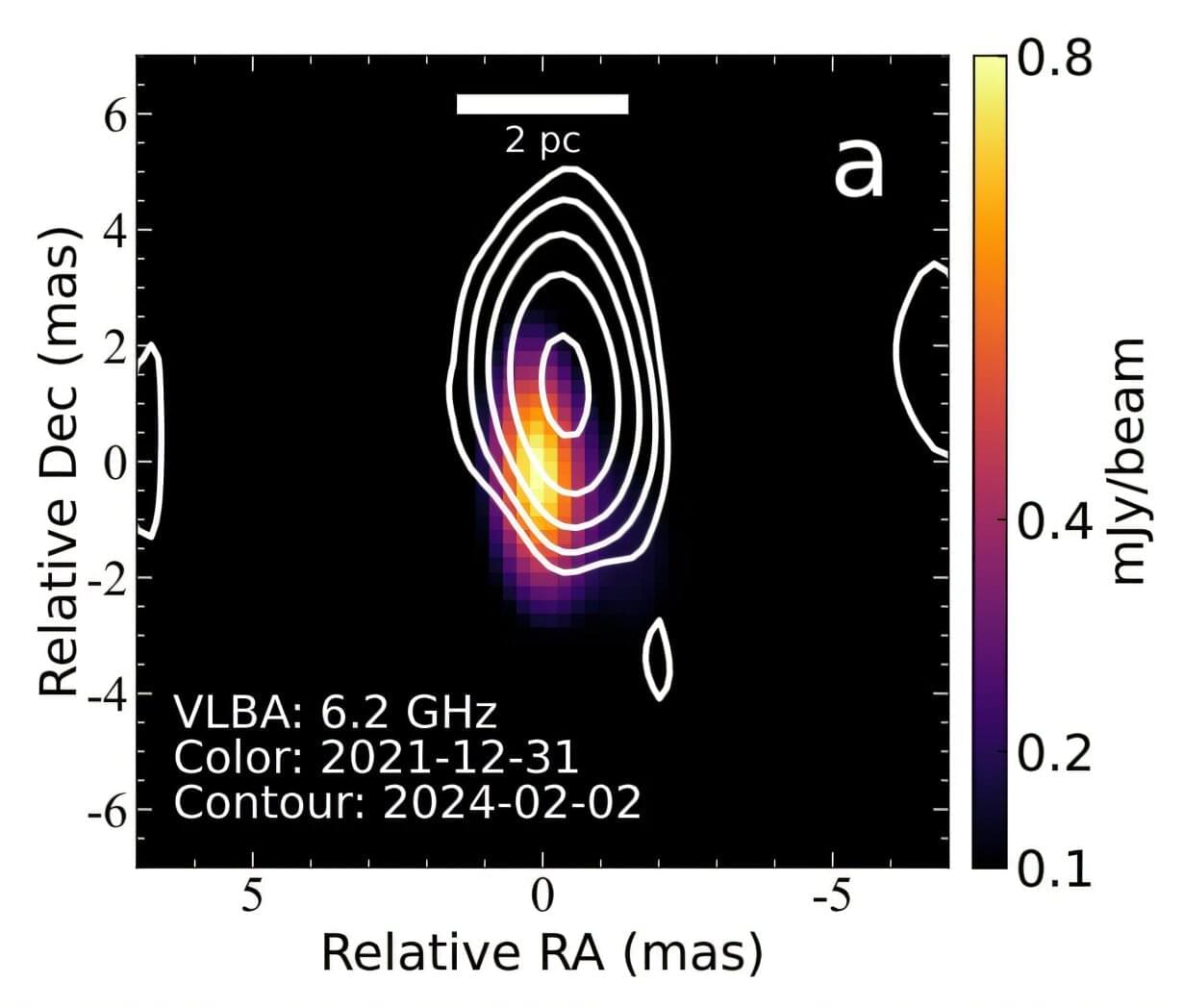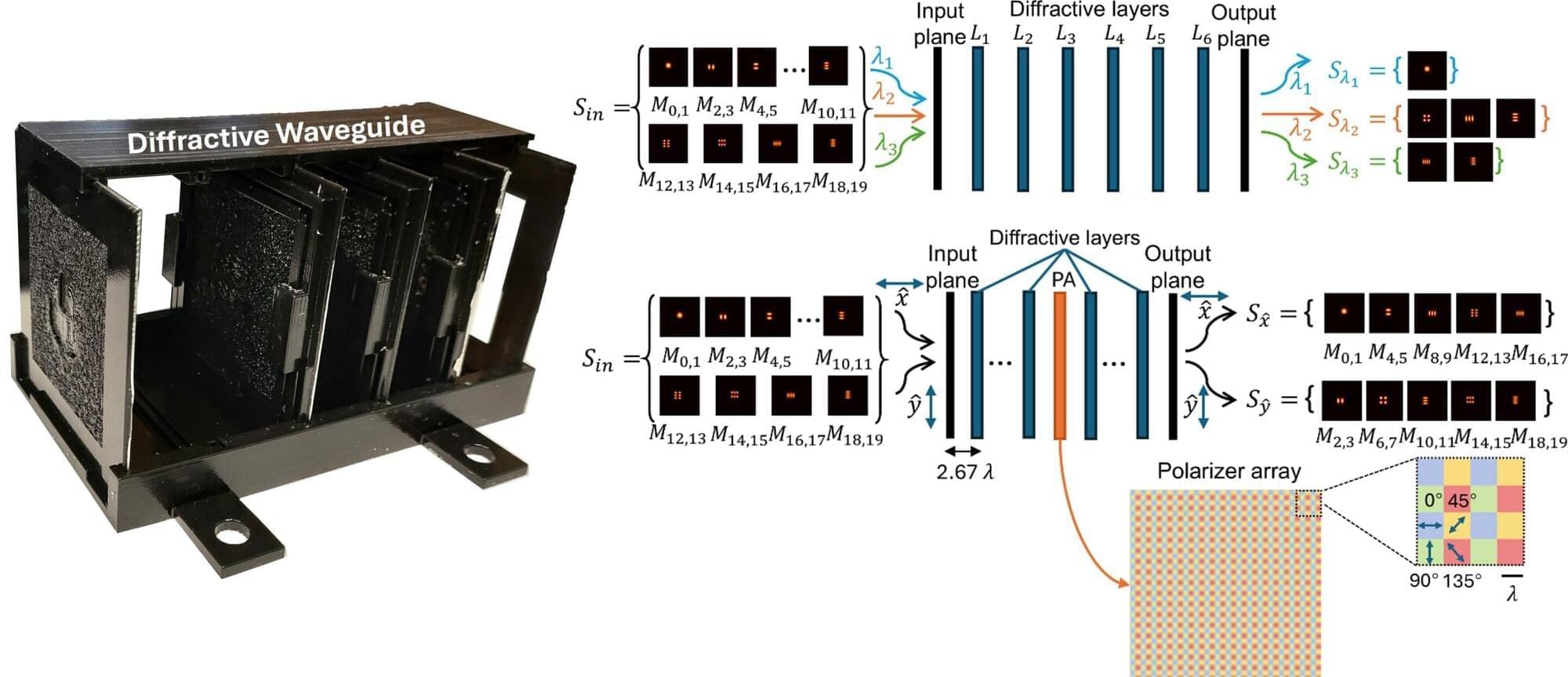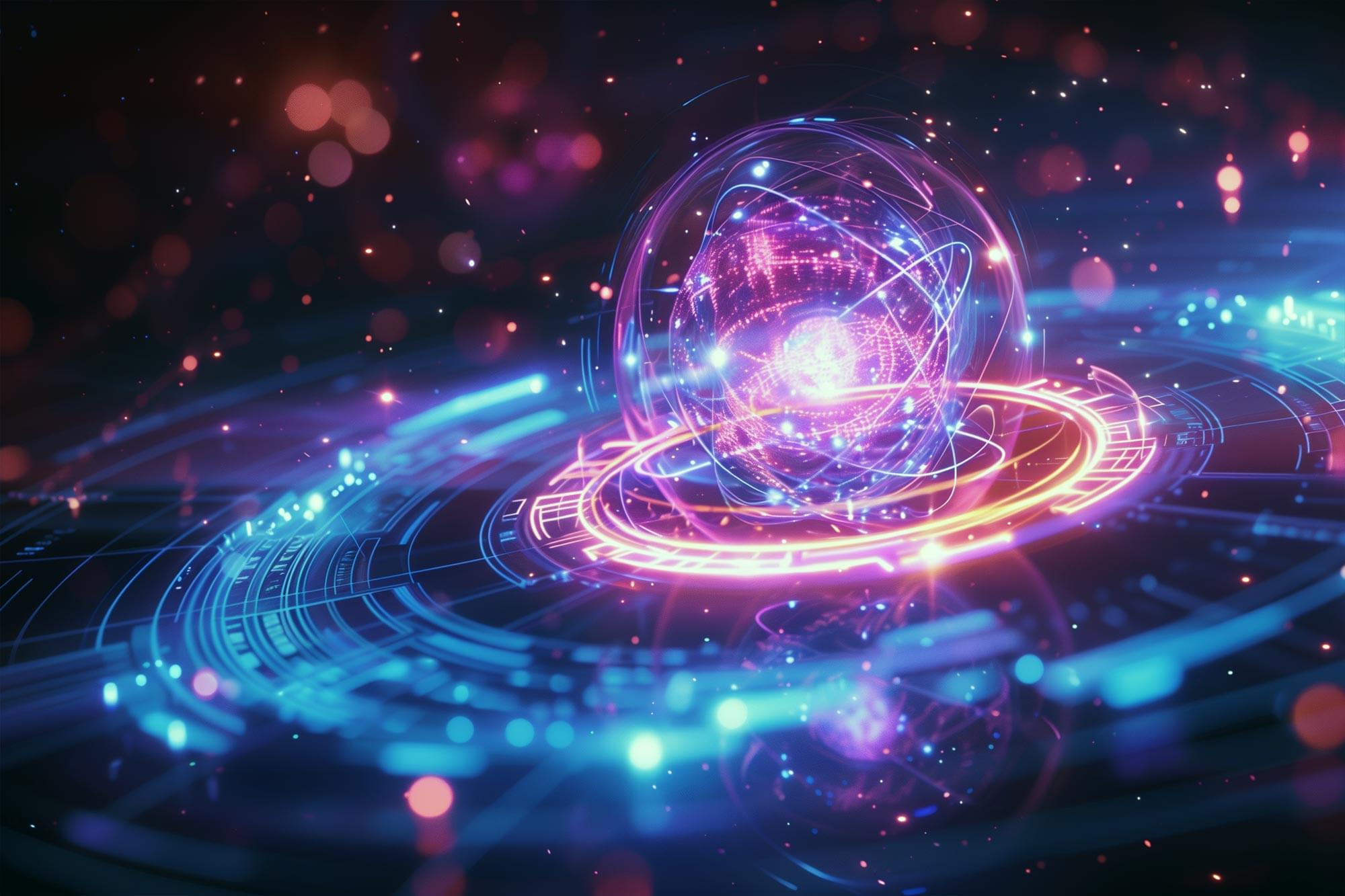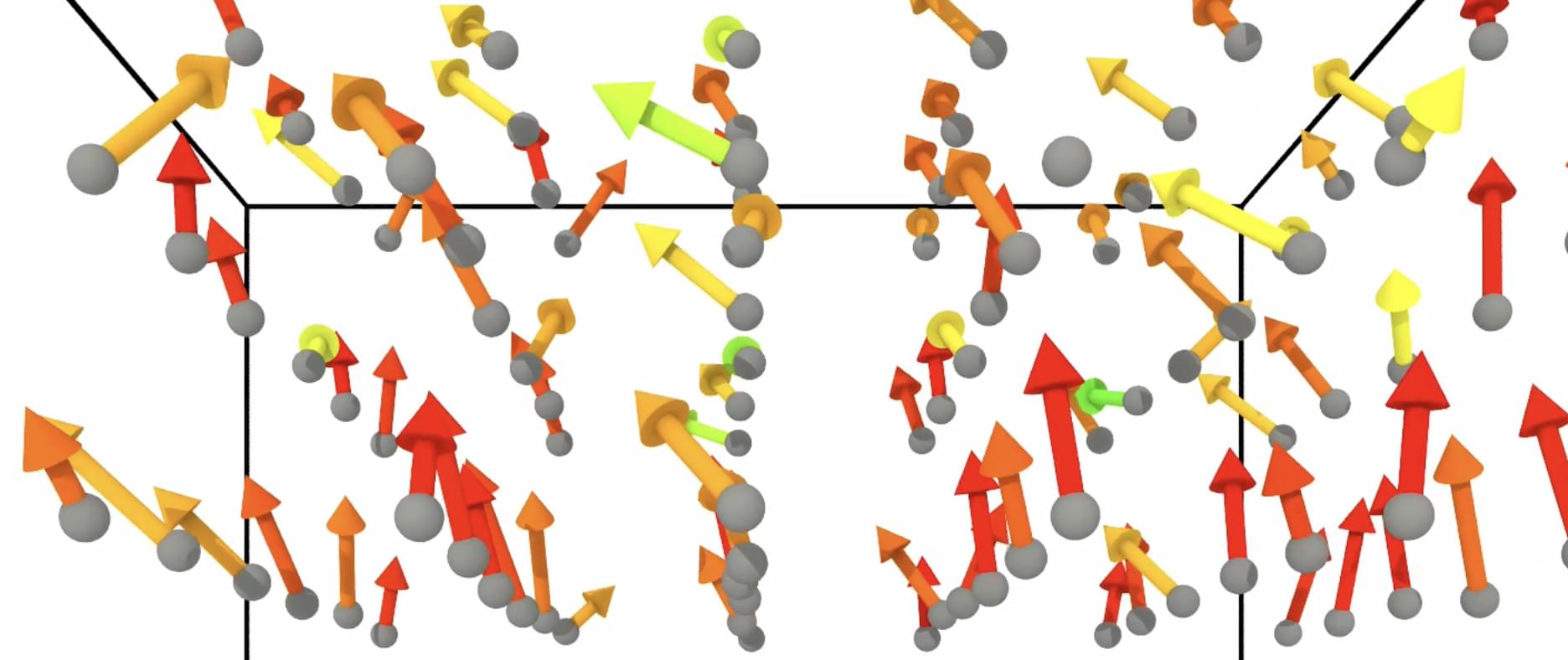Astronomers have conducted very long baseline Interferometry (VLBI) observations of an active galaxy known as Markarian 110. As a result, they detected a relativistic jet in this galaxy. The finding was reported in a research paper published June 4 on the arXiv pre-print server.
Active galactic nuclei (AGNs) are small regions at the center of an active galaxy dominated by the light emitted by dust and gas. Narrow-line Seyfert 1 (NLS1) galaxies are a class of AGNs exhibiting excessive behavior at all wavelengths. They show peculiar characteristics like narrow Balmer lines, strong ionized iron emission lines, and extreme properties in the X-rays.
Markarian 110 (or Mrk 110 for short) is a radio-quiet AGN and an NLS1 at a redshift of 0.035. The galaxy has an apparent magnitude of 15.4 mag and showcases a highly irregular morphology, which suggests a recent interaction or a merging event in this system. It also has a variable core confined to an extremely compact region.









